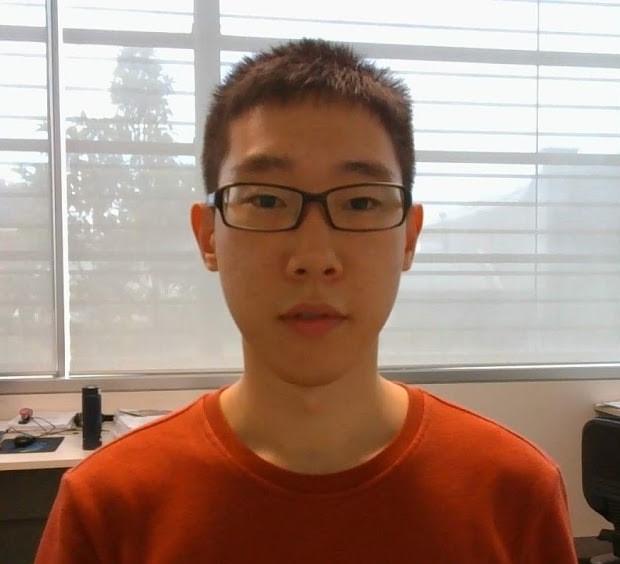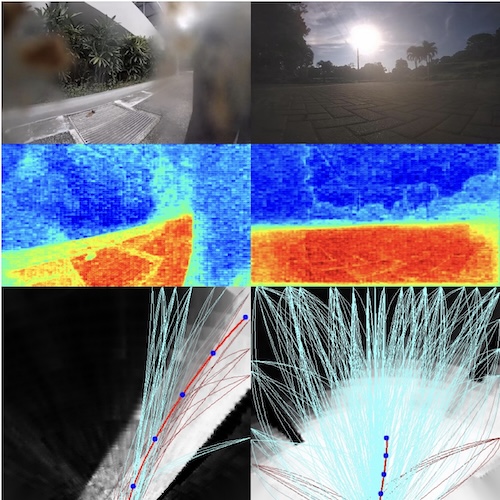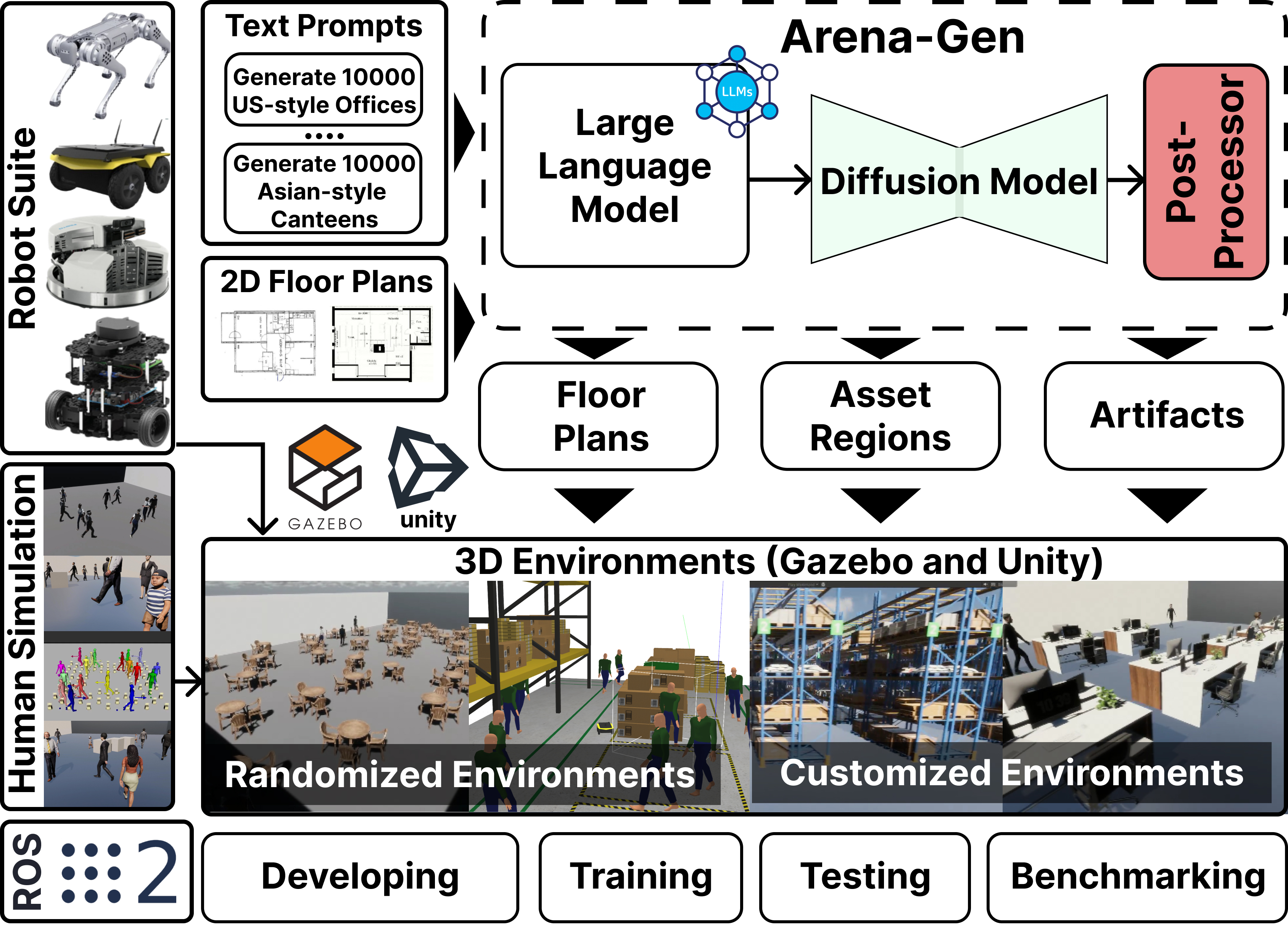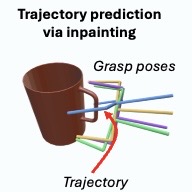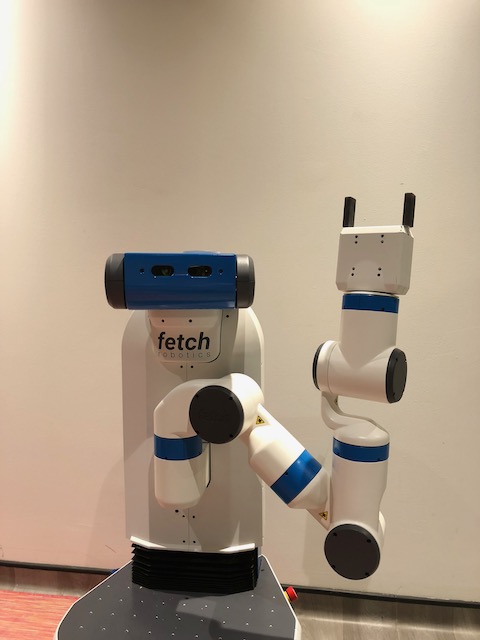Diffusion Meets Options: Hierarchical Generative Skill Composition for Temporally-Extended Tasks, Zeyu Feng★, Hao Luan★, Kevin Ma, Harold Soh★, IEEE International Conference on Robotics and Automation (ICRA)
Links:
Deploying robots safely in the real world isn’t just about generating one perfect plan—it’s about replanning often, correcting mistakes, and adapting to changing conditions. Our recent work tackles this challenge by focusing on long-horizon trajectory planning under complex, time-extended objectives.
We introduce DOPPLER, a data-driven hierarchical framework that plans and updates robot behavior using instructions expressed in linear temporal logic (LTL). The key idea is to break down temporal tasks into a chain of options, trained with hierarchical reinforcement learning on offline, non-expert datasets.
At the lower level, DOPPLER leverages diffusion models to generate diverse action options. To make this efficient, we design a determinantal-guided posterior sampling technique that speeds up batch generation and increases diversity, leading to better downstream planning. In experiments on both navigation and manipulation, DOPPLER generates trajectory sequences that progressively satisfy the specified LTL objectives—like avoiding obstacles or visiting locations in sequence.
Resources
You can find our paper here. Check out our repository here on github.
Citation
Please consider citing our paper if you build upon our results and ideas.
Zeyu Feng★, Hao Luan★, Kevin Ma, Harold Soh★, “Diffusion Meets Options: Hierarchical Generative Skill Composition for Temporally-Extended Tasks”, IEEE International Conference on Robotics and Automation (ICRA)
@ARTICLE{feng2025diffusion, title={Diffusion meets options: Hierarchical generative skill composition for temporally-extended tasks}, author={Feng, Zeyu and Luan, Hao and Ma, Kevin Yuchen and Soh, Harold}, journal={IEEE International Conference on Robotics and Automation}, year={2025} }
Contact
If you have questions or comments, please contact zeyu or hao.
Acknowledgements
This research is supported by A*STAR under its National Robotics Programme (NRP) (Award M23NBK0053). The authors would also like to acknowledge partial support from a Google South Asia & Southeast Asia Award and from the National Research Foundation, Singapore under its Medium Sized Center for Advanced Robotics Technology Innovation. —
